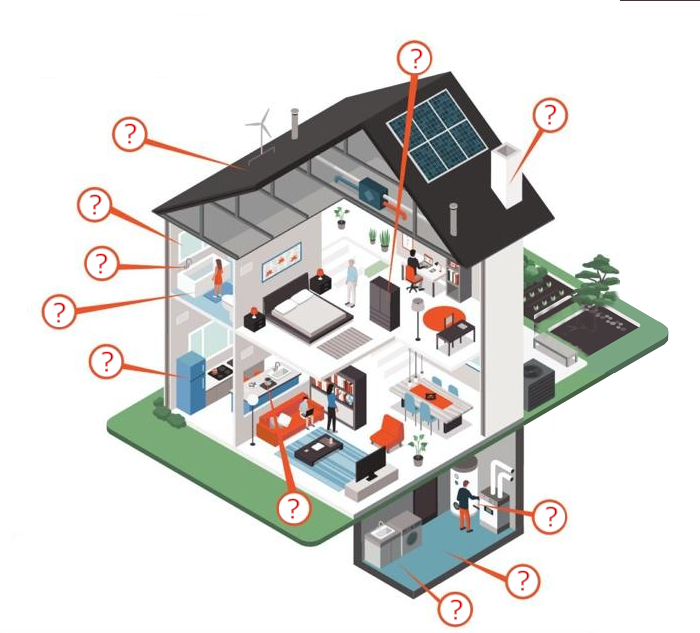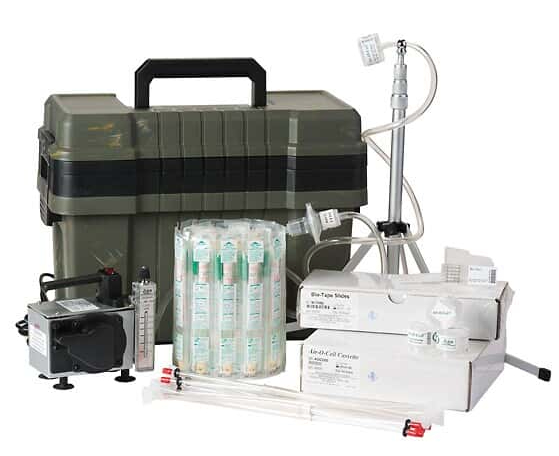Mold Inspection
Why Inspect for Mold
Mold is a fungus. It comes in a variety of colors; it can have a strong musty smell and it can be toxic.
Not all molds are toxic but they can release by-products known as mycotoxins that can cause rashes, unusual bleeding, respiratory issues, seizures, or even extreme fatigue in individuals that have a sensitivity to them.
Some categories of people recognized as “at risk” to mold exposure include seniors (whose immune systems are not as strong as they used to be), young children whose immune systems aren’t fully developed yet, pregnant women, and individuals who have a weakened immune system, like cancer patients or people taking medications that suppress their immune system.
MOST COMMON AREAS OF
INTERIOR HOUSEHOLD MOLD

As part of the Mold Inspection MSP Inspections will conduct a visual inspection of the following:
- The Home’s Exterior
- The Home’s Interior Walls and Ceilings
- Bathrooms
- Kitchens
- Attic Areas
- Plumbing
- Appliances
- Basements
- HVAC Systems
- Relative Humidity Measurement will be conducted in every room.
- Moisture meter testing, where water intrusion is suspected.
- Infrared Camera Scanning the entire interior of the house.
In addition to a Mold inspection, we will conduct Mold Testing, using Air Quality Testing Method (Spore Trap Analysis).
These are the two most common types of samples collected:
- Air sampling: the most common form of sampling to assess the level of mold. A sampling of the inside and outdoor air is conducted and the results of the level of mold spores inside the premises and outside are compared. Often, air sampling will provide positive identification of the existence of non-visible mold.
- Surface samples: sampling the number of mold spores deposited on indoor surfaces (tape, and dust samples).



 Yury Slutsky-President MSP Inspections LLC
Yury Slutsky-President MSP Inspections LLC